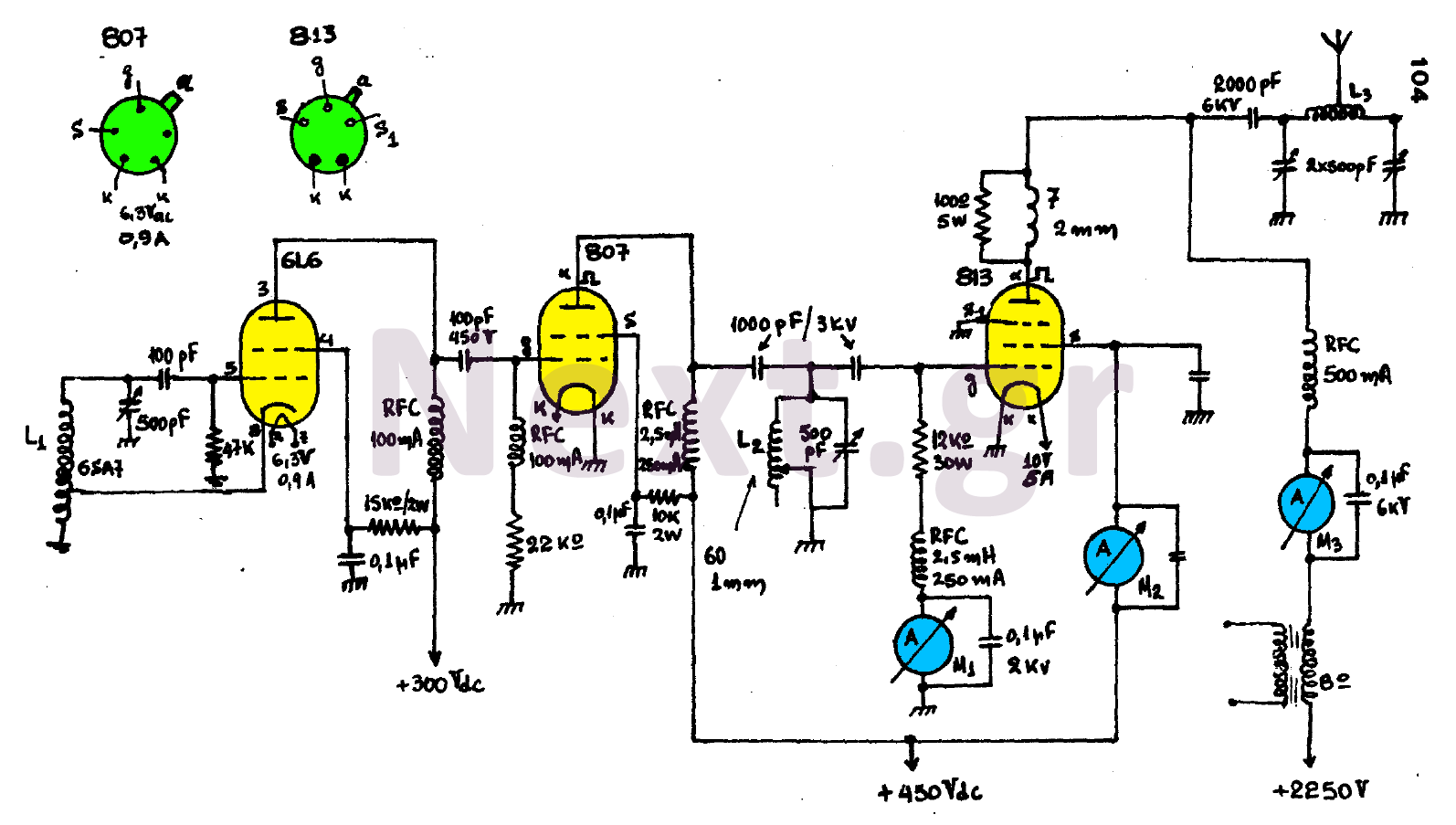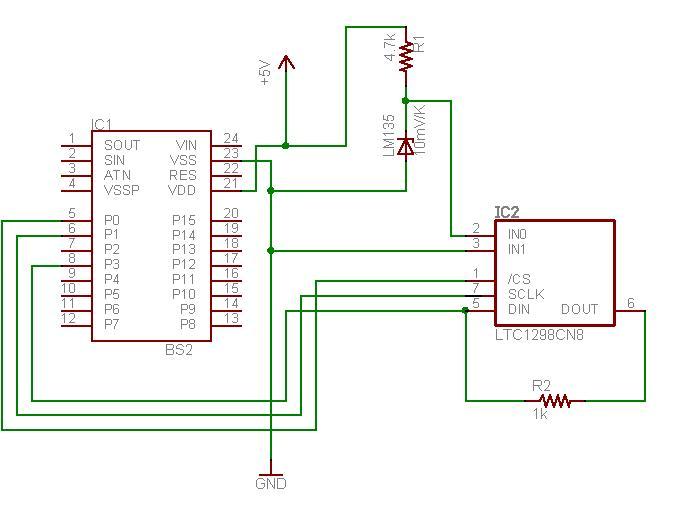
12V Fluorescent lamp flashing circuit

This is a flashing blink circuit designed for 12V applications. It utilizes a small-sized fluorescent lamp and operates through a relay that modifies the circuit from DC to AC.
The flashing blink circuit operates at a voltage of 12V, making it suitable for various low-voltage applications. The core component of this circuit is a relay, which acts as a switch that can control the flow of current to the fluorescent lamp. The relay is triggered to open and close rapidly, creating a blinking effect as it turns the lamp on and off.
In this circuit, a 12V power supply is connected to the relay's coil, which energizes the relay when voltage is applied. The relay contacts are connected in series with the fluorescent lamp. When the relay is activated, it allows current to flow through the lamp, illuminating it. The rapid switching of the relay creates the flashing effect, which can be adjusted by modifying the timing circuit associated with the relay.
To enhance the performance of the circuit, additional components such as resistors and capacitors may be included to control the timing of the relay activation. This can provide a variety of flashing rates, making the circuit versatile for different applications, such as decorative lighting, indicators, or alert signals.
The use of a fluorescent lamp in this circuit is advantageous due to its energy efficiency and brightness. However, it is essential to ensure that the relay used is rated for the current and voltage required by the fluorescent lamp to prevent overheating or failure. Proper heat dissipation measures should also be considered to maintain the longevity of the components involved.
Overall, this flashing blink circuit is a practical solution for creating visual alerts or decorative effects in low-voltage environments, combining simplicity with effective functionality.This is flashing blinks circuit, 12V sizes. By use fluorescent lamp the small-sized.It live the work of relay perform be the circuit modifies from DC to be.. 🔗 External reference
The flashing blink circuit operates at a voltage of 12V, making it suitable for various low-voltage applications. The core component of this circuit is a relay, which acts as a switch that can control the flow of current to the fluorescent lamp. The relay is triggered to open and close rapidly, creating a blinking effect as it turns the lamp on and off.
In this circuit, a 12V power supply is connected to the relay's coil, which energizes the relay when voltage is applied. The relay contacts are connected in series with the fluorescent lamp. When the relay is activated, it allows current to flow through the lamp, illuminating it. The rapid switching of the relay creates the flashing effect, which can be adjusted by modifying the timing circuit associated with the relay.
To enhance the performance of the circuit, additional components such as resistors and capacitors may be included to control the timing of the relay activation. This can provide a variety of flashing rates, making the circuit versatile for different applications, such as decorative lighting, indicators, or alert signals.
The use of a fluorescent lamp in this circuit is advantageous due to its energy efficiency and brightness. However, it is essential to ensure that the relay used is rated for the current and voltage required by the fluorescent lamp to prevent overheating or failure. Proper heat dissipation measures should also be considered to maintain the longevity of the components involved.
Overall, this flashing blink circuit is a practical solution for creating visual alerts or decorative effects in low-voltage environments, combining simplicity with effective functionality.This is flashing blinks circuit, 12V sizes. By use fluorescent lamp the small-sized.It live the work of relay perform be the circuit modifies from DC to be.. 🔗 External reference
Warning: include(partials/cookie-banner.php): Failed to open stream: Permission denied in /var/www/html/nextgr/view-circuit.php on line 713
Warning: include(): Failed opening 'partials/cookie-banner.php' for inclusion (include_path='.:/usr/share/php') in /var/www/html/nextgr/view-circuit.php on line 713





